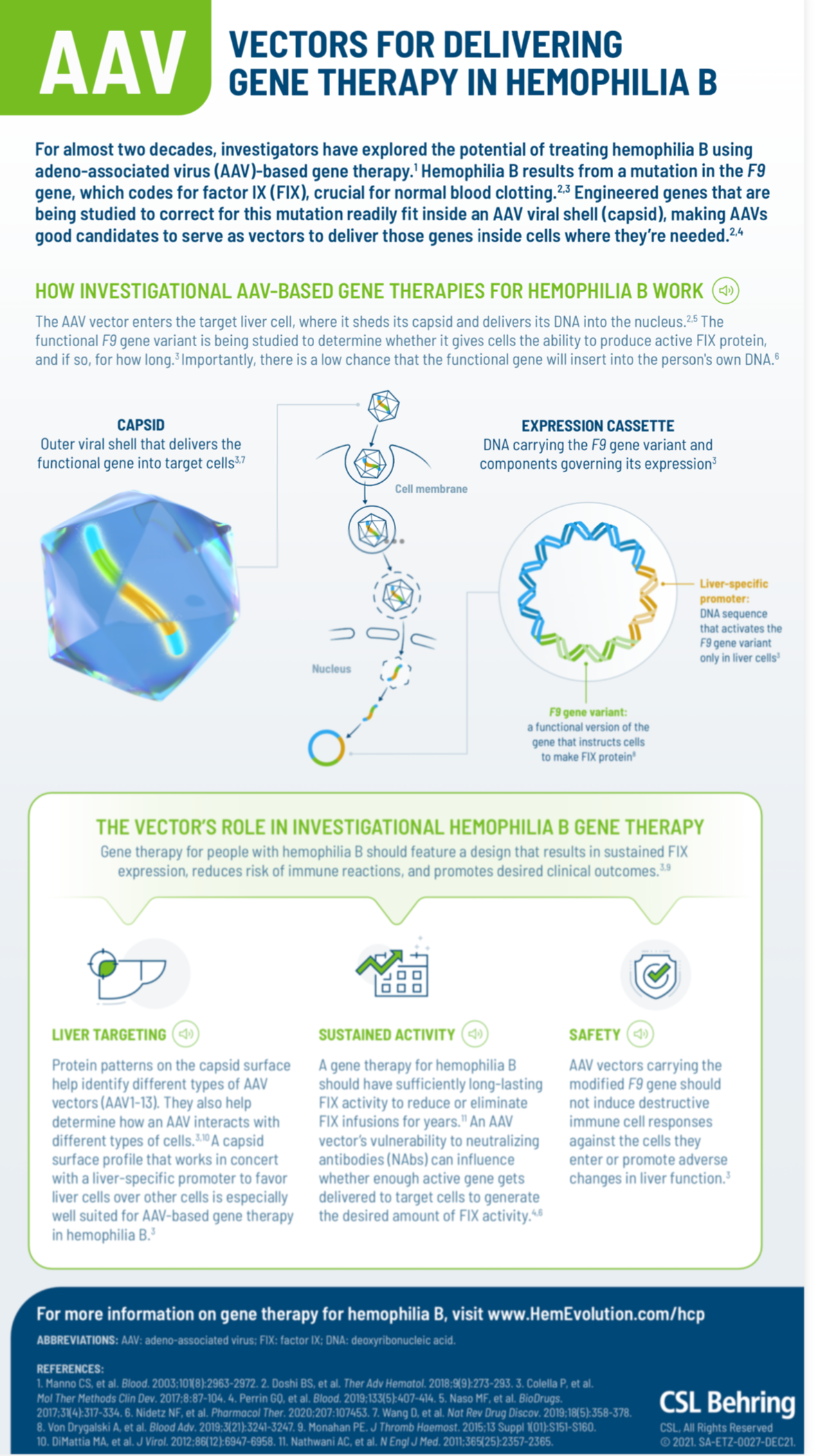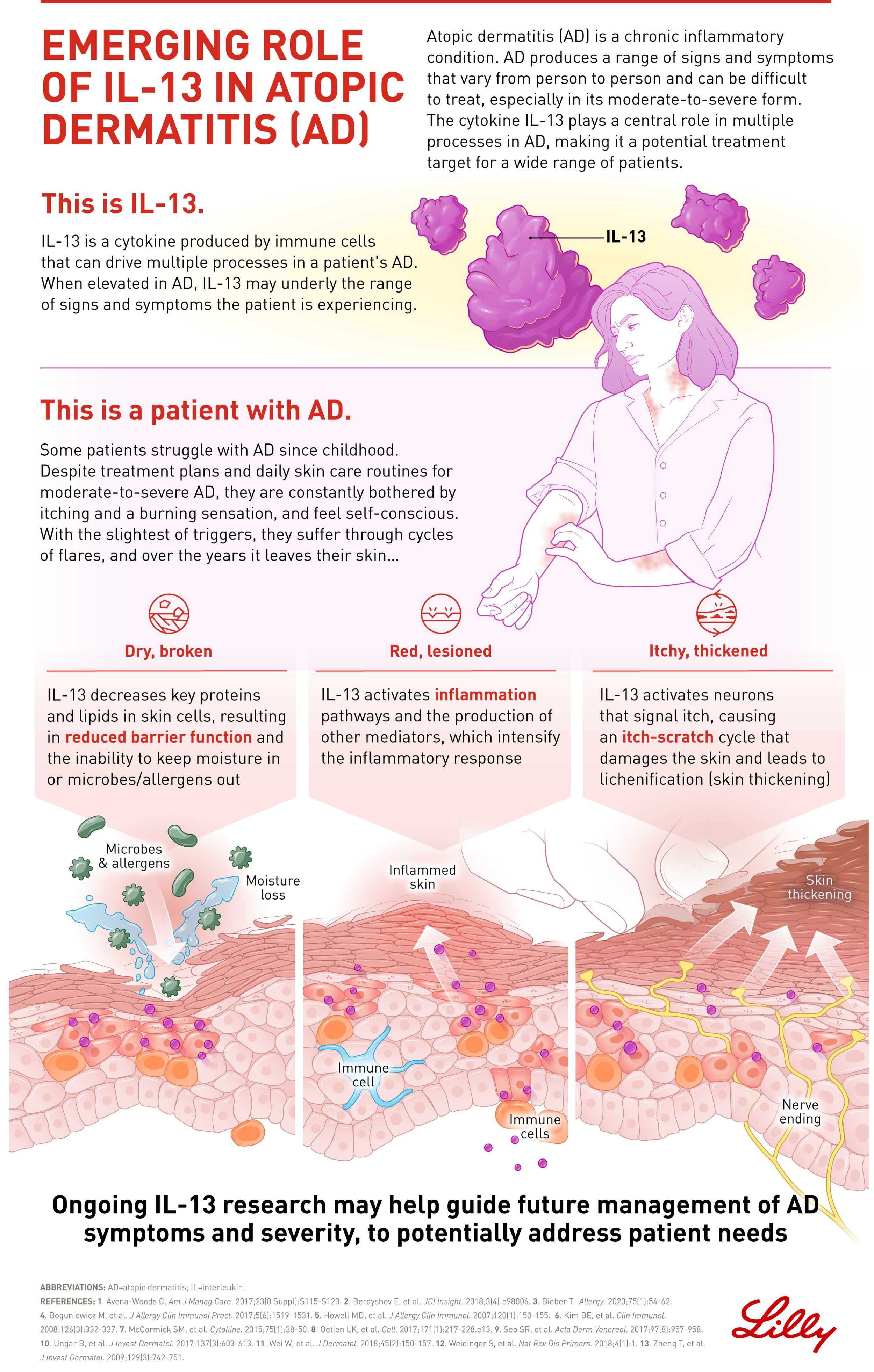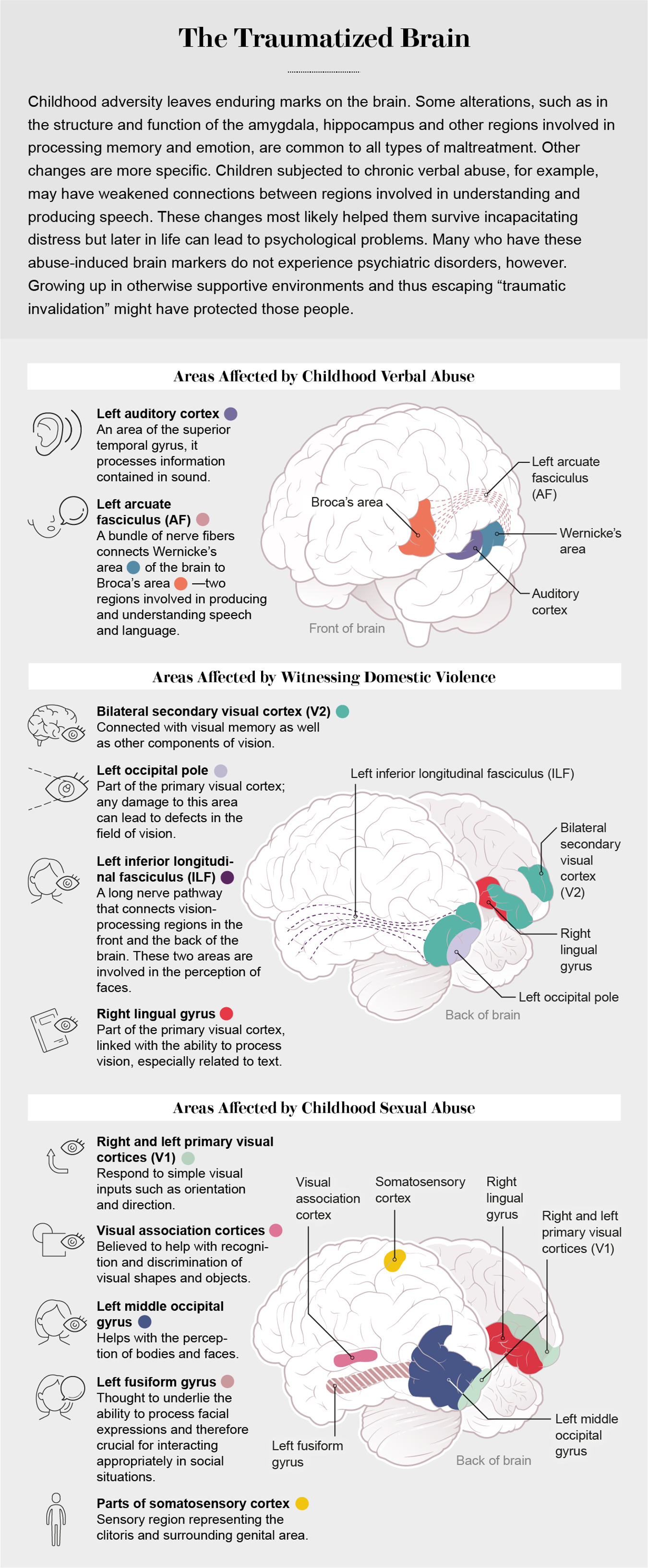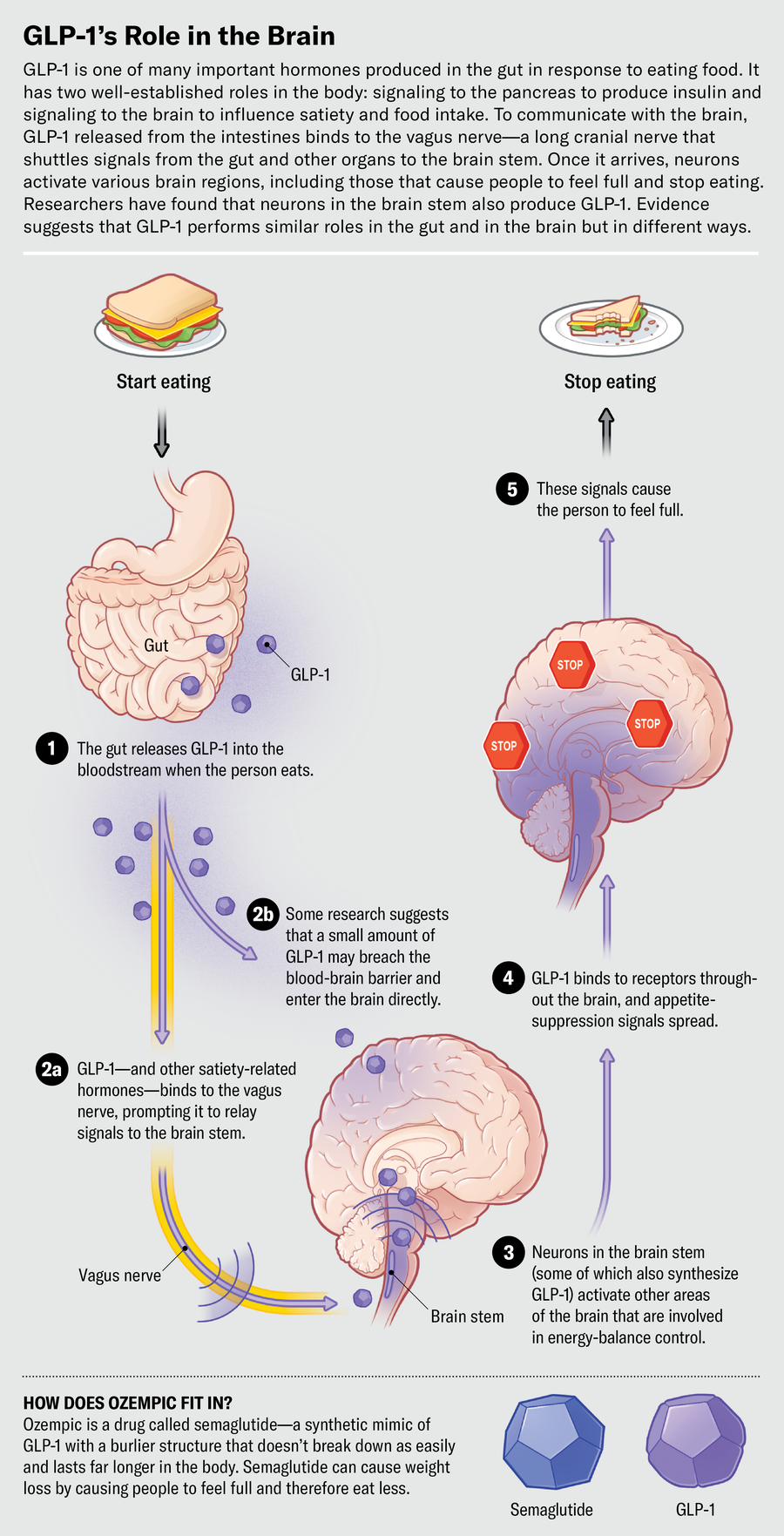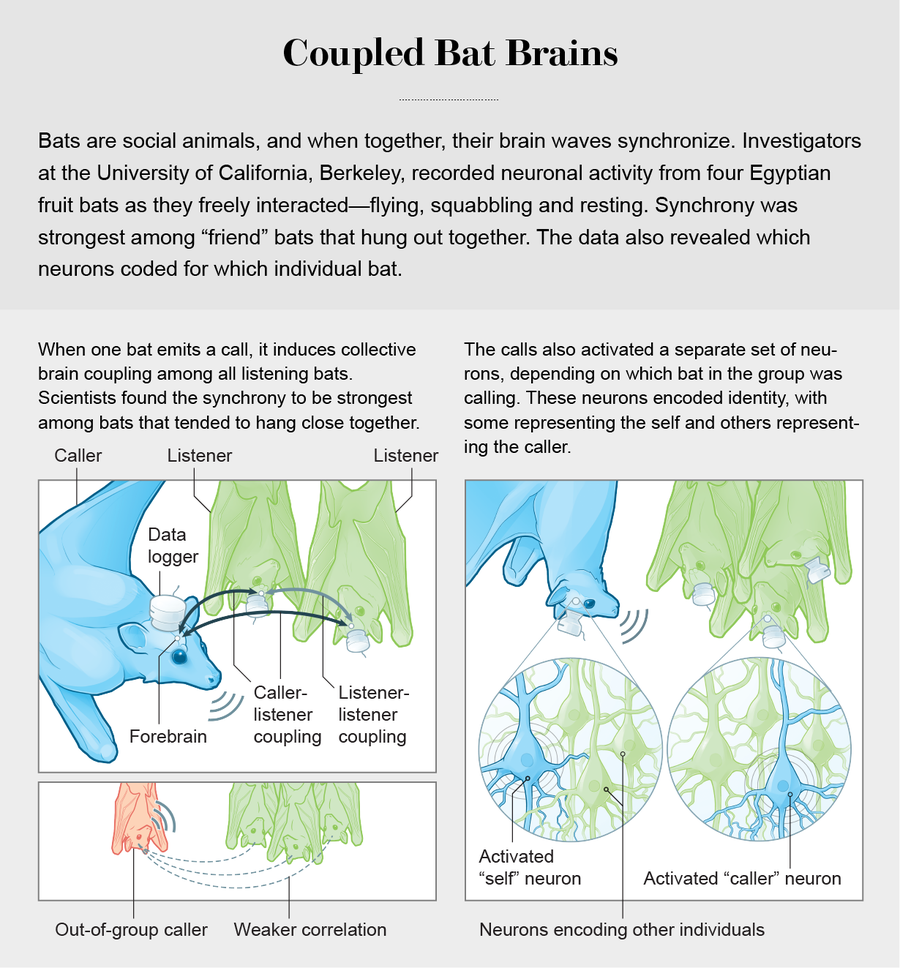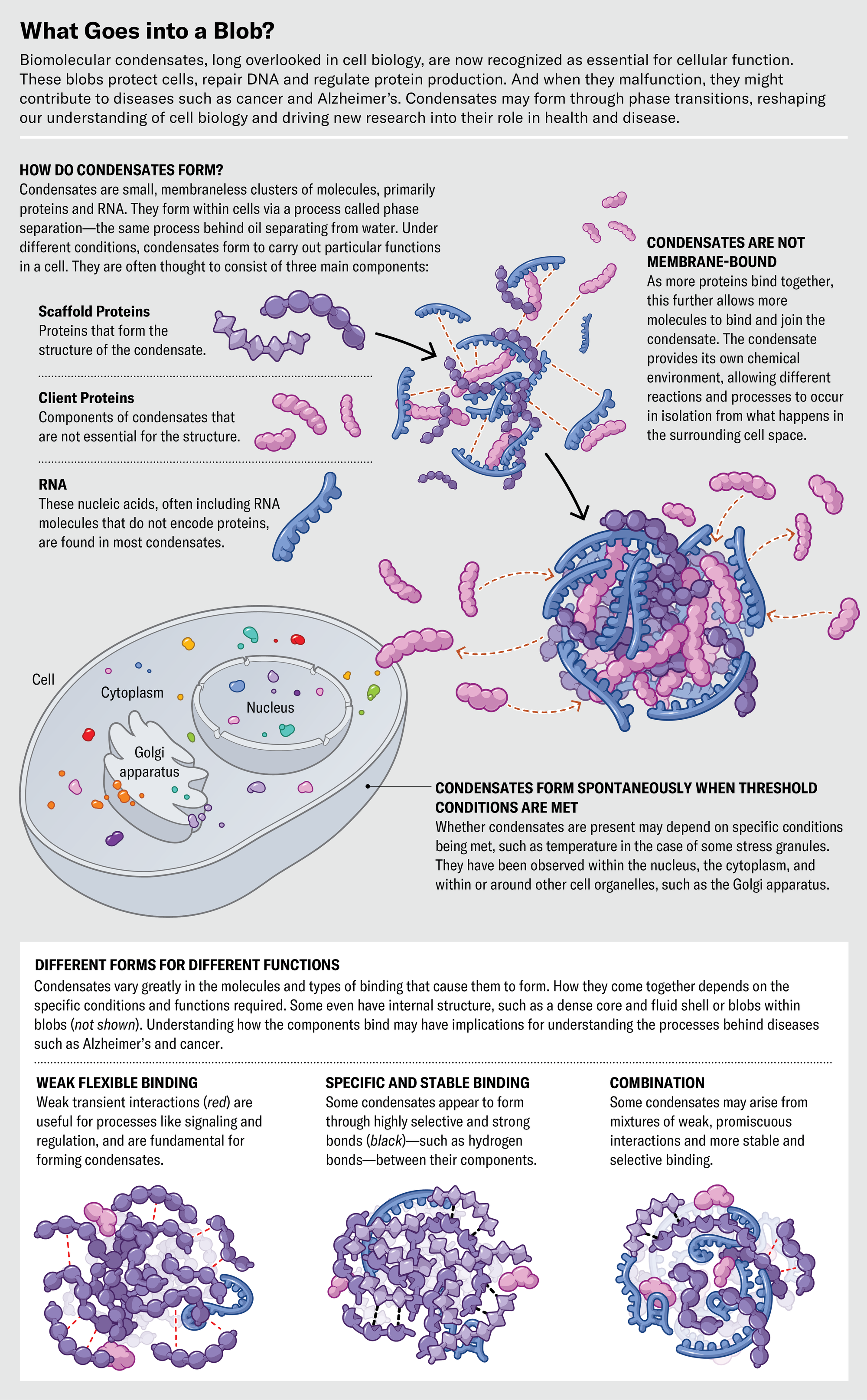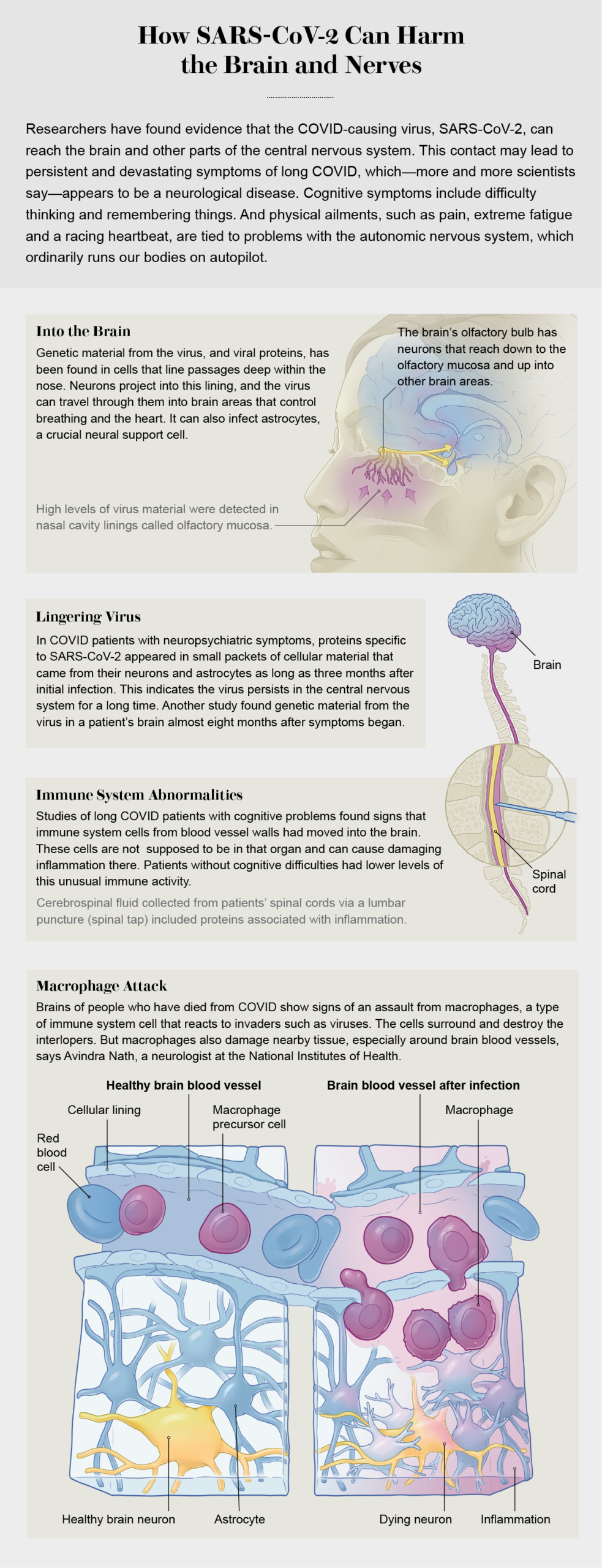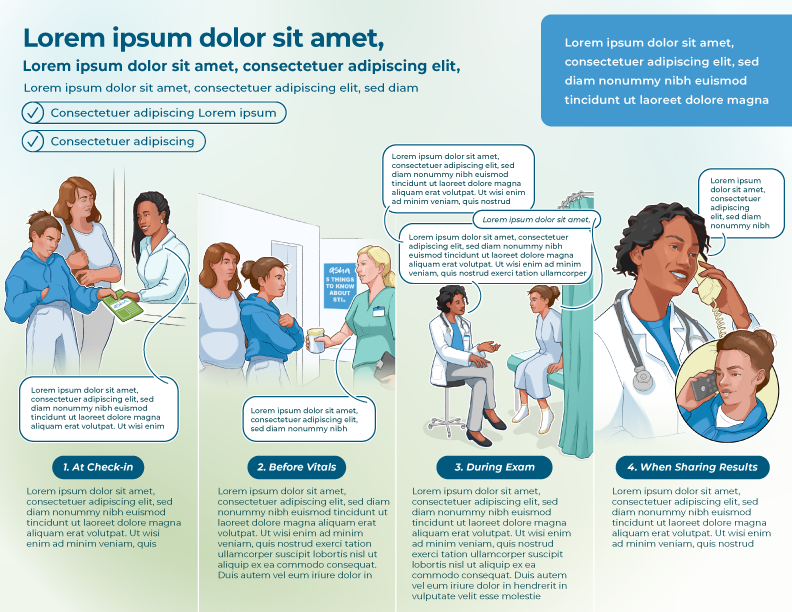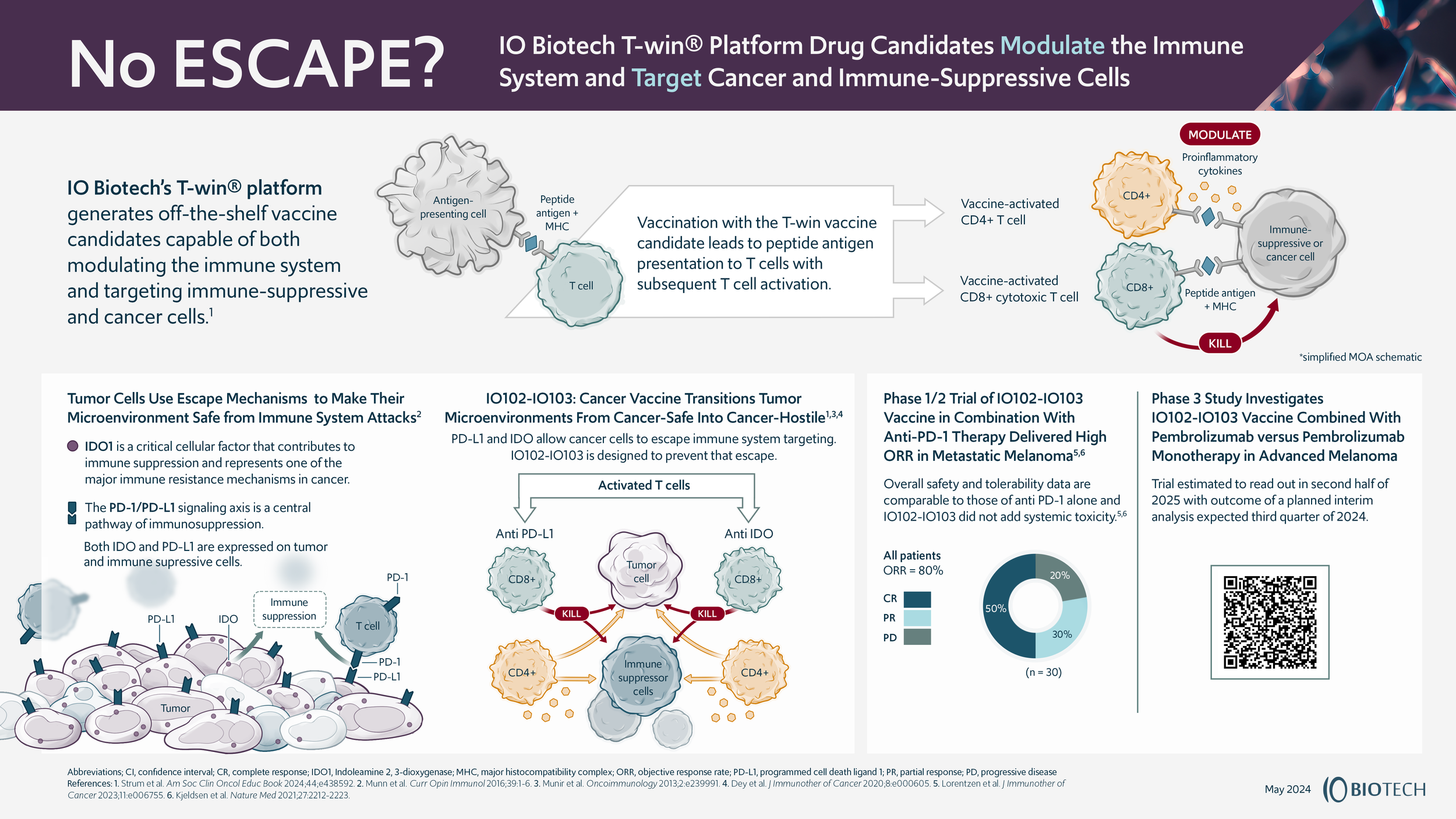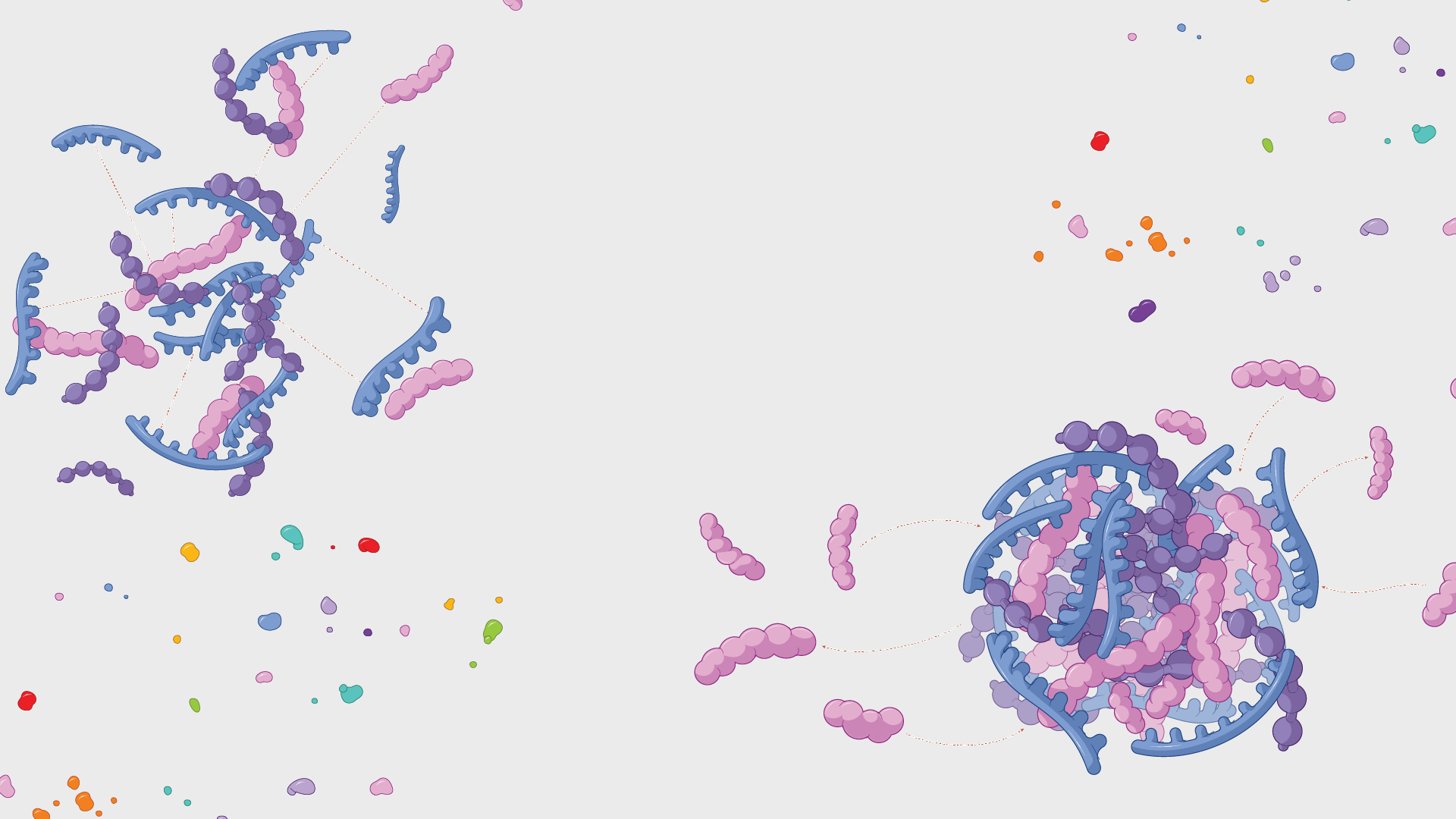
Medical infographics & Factsheets
We create clear, visually engaging medical infographics and factsheets designed to communicate complex science with impact. Our team produces media-ready graphics for publications, consumer-focused science content, and educational materials. We also develop infographics that showcase clinical or development portfolios, making your data easy to digest for stakeholders, investors, or healthcare professionals. Each infographic is crafted to balance scientific accuracy with accessible visual storytelling, ensuring your message is both informative and compelling.
CSL Behring
AAV infographic
Infographic
Mechanism of disease infographic
Portfolio infographic
Clinical portfolio infographic
CSL Behring
Hemophilia B infographic
Scientific American
Trauma brain regions READ THE ARTICLE
Scientific American
Ozembic explainer graphic READ THE ARTICLE
Scientific American
Brainwaves and communication READ THE ARTICLE
Scientific American
Biological condesates READ THE ARTICLE
Scientific American
Stress and IBS READ THE ARTICLE
Scientific American
Parkinson’s READ THE ARTICLE
Healthcare infographic
Patient interaction guidelines
Science media infographic
AL Amyloidosis disease summary and statistics
Infographic
Technology platform overview
Infographic
Disease burden infographic
Scientific American
Alzheimer’s Disease
Infographic
Vaccine development


